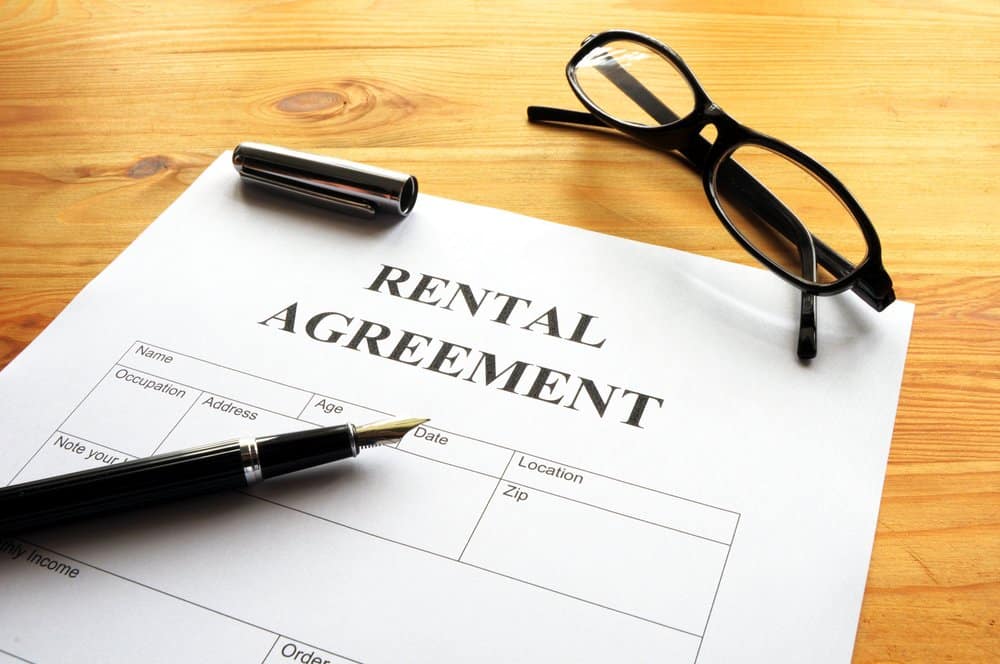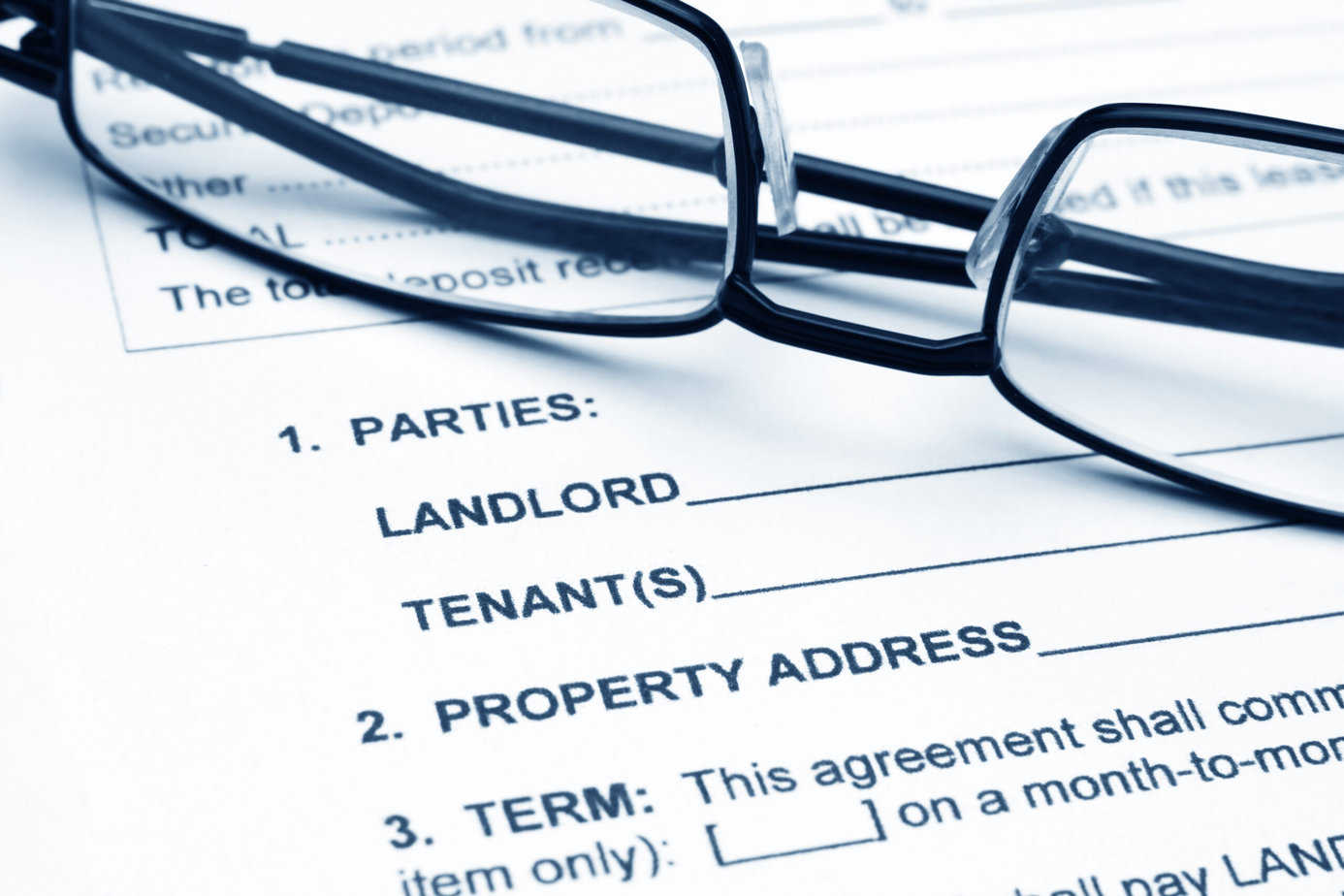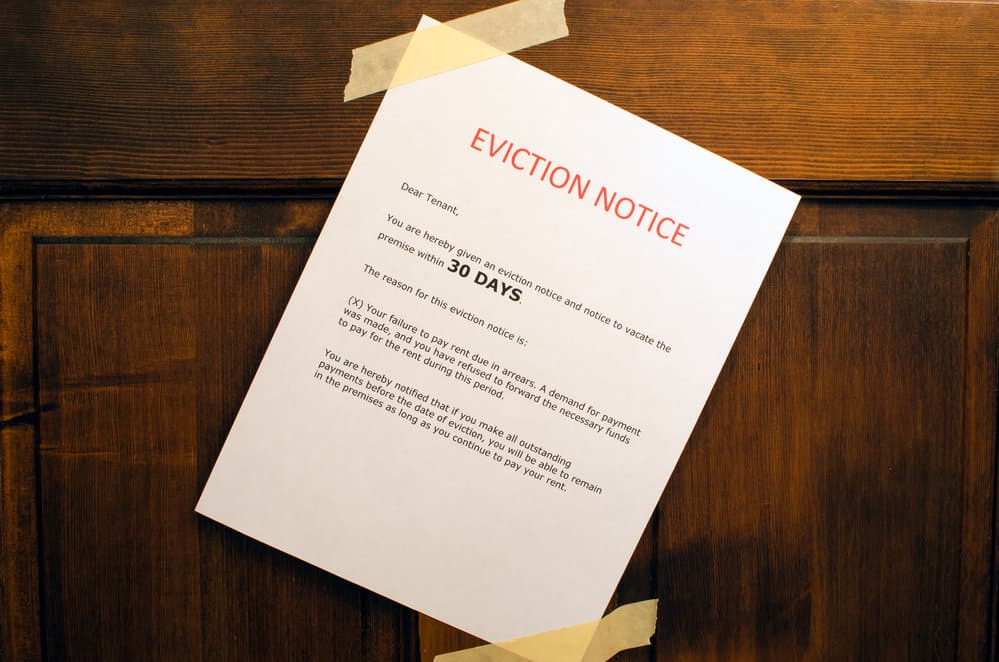The realm of rental regulations in the United States is a tapestry of intricately woven rules, each crafted to serve specific purposes and address unique challenges. Within this framework, two predominant layers emerge federal laws, which set broad standards across the nation, and state laws, each catering to the unique socio-economic dynamics of the 50 individual states. As landlords and tenants traverse this multifaceted landscape, understanding the distinction between these two types of laws becomes essential. Let’s delve deeper into this topic and unravel the complexities of rental regulations.
Federal Laws: Setting the Standard
Firstly, let’s address federal laws. These broad regulations apply from coast to coast, irrespective of whether you’re in Maine or Hawaii. While not delving into granular rental specifics, the federal government has always ensured everyone gets a fair shake. As such, many federal laws are in place specifically to protect renters’ rights.
Take the Fair Housing Act, for example. It stipulates that no one can be discriminated against based on race, color, religion, sex, and other protected categories when seeking rental accommodation. It’s a foundational principle ensuring equality.
Then there’s the Lead-Based Paint Hazard Reduction Act, particularly relevant for properties built before 1978. It mandates that potential renters be informed of any lead-based paint risks. Safety first, as they say.
And for our military personnel, the Servicemembers Civil Relief Act (SCRA) offers protection. If someone’s called for active duty, there are provisions to ensure their rental situations are stabilized during their service.
State Laws: Diving into the Details
Transitioning to state laws is where the variety truly comes into play. Given the diverse nature of our 50 states, it’s only logical that rental rules have their nuances.
Concerns over a security deposit? Each state offers guidance on how these should be handled, from the amount that can be collected to the conditions for return.
Evictions are another area governed by state-specific guidelines. Every state has protocols outlining the acceptable reasons for eviction and the processes to follow.
Regarding maintenance and repairs, the responsibilities might fall on the landlord or the tenant, depending on the state’s directives. Similarly, state norms shape lease agreements, dictating their contents, termination procedures, and more.
Federal vs. State: Who Wins?
Understanding which takes precedence becomes crucial when the broader federal regulations intersect with the diverse, intricate state laws. Generally, the U.S. legal framework is designed to make federal law the ultimate authority. It’s like the backbone, ensuring a minimum standard across the country.
However, this doesn’t mean states have no room to maneuver. Quite the contrary. States can craft laws that respond to their specific challenges, demographics, and housing markets. While these laws often complement the federal standards, there are instances where state regulations can offer more protections or rights to its residents than the federal statutes do.
In such cases where there’s a discrepancy, and if the state law is more protective or offers additional benefits to the tenant, the state law usually takes the forefront. This structure ensures that the residents always get the highest level of protection available. For instance, while the federal Fair Housing Act prohibits discrimination on several bases, a state might add additional protected classes, ensuring even broader protection for its residents.
Yet, it’s important to note that if a state law is less protective or seems to contradict federal statutes, the federal law typically overshadows it. The constant dance between these legal realms ensures uniformity in foundational principles and flexibility for state-specific nuances.
Local Ordinances
Local ordinances, often established by city councils or county governments, add another layer of depth. While these regulations are crafted to align with overarching state laws, they also seek to address unique regional or community-specific challenges and considerations. It’s these local laws that often reflect the distinct character and needs of a community.
For instance, in a city experiencing rapid urbanization or housing shortages, local ordinances might deal specifically with rent control or tenant protections to ensure housing remains accessible. Conversely, in areas where historic preservation is paramount, ordinances might be detailing rental modifications or upkeep of older properties.
It’s also at this local level where specific nuances about property standards, noise regulations, or even specific pet policies might come into play, tailored to the local community’s preferences and standards. Because these ordinances are so closely aligned with the community’s pulse, landlords and tenants must know them. They often hold detailed directives that govern day-to-day living and rental operations in a particular region.
Conclusion
While rental laws seem intricate, understanding the interplay between federal, state, and local regulations is essential. If you are uncertain, seeking insights from a property law expert is always prudent. Knowledge remains your best ally in any rental journey.





